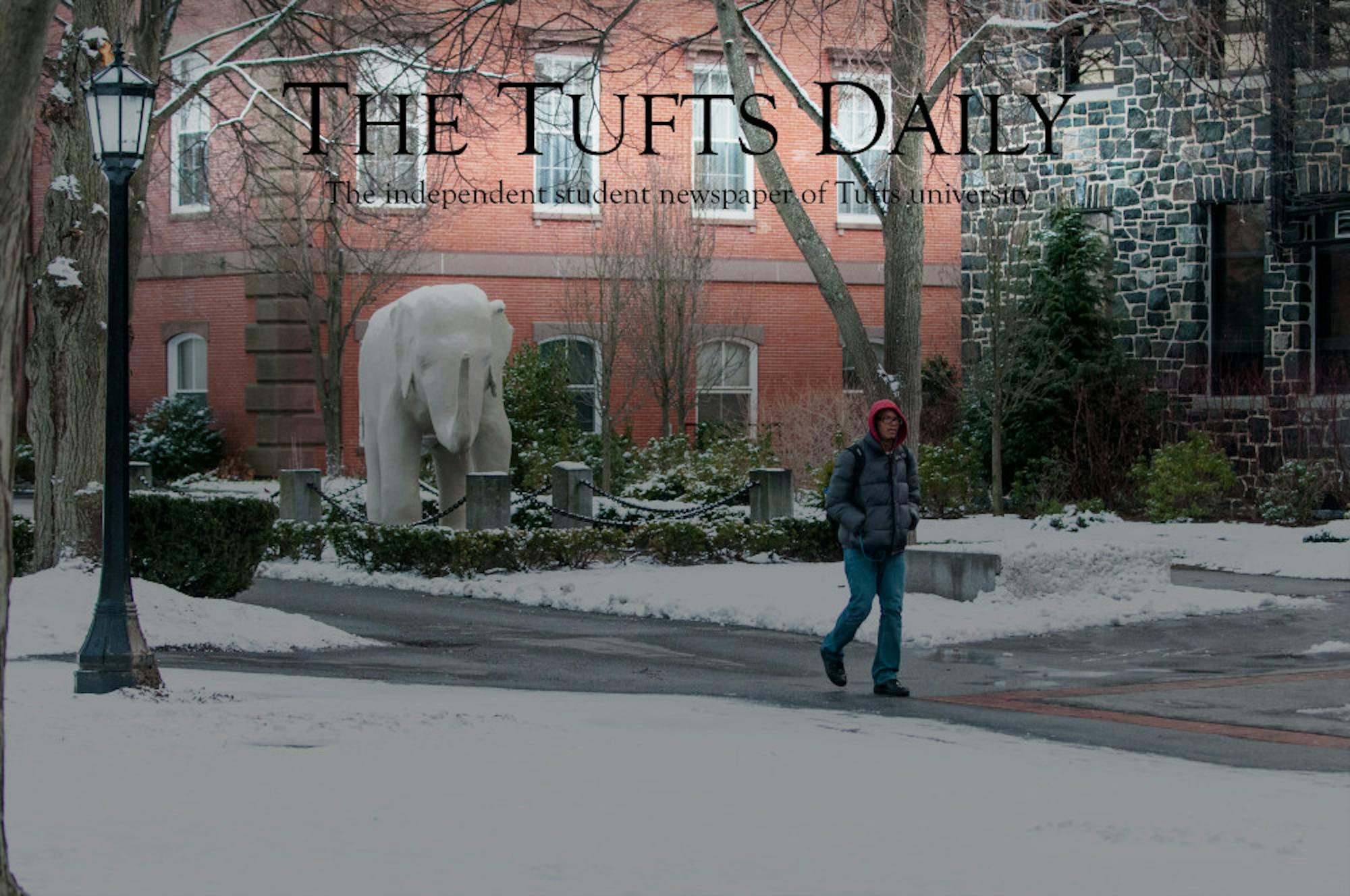Commuters, students and tourists who ventured into Boston last month noticed something a little different about the city: huge sculptures of colorful globes have been installed around Boston Common. These structures are a part of “Cool Globes: Hot Ideas for a Cooler Planet,” a unique public art project that opened in Boston on Aug. 15 and will continue through mid-October.
Founded by Wendy Abrams in 2006, the first “Cool Globes” project premiered in Chicago the following year. The idea stemmed from Abrams’ desire to shrink the gap between scientific and public awareness of global warming. As she states on the “Cool Globes” website, the idea originated during a casual discussion with friends about “art with a purpose.” They determined that putting globes in public places would help draw attention to an important problem, “forcing people to confront the issues, but in a non-threatening manner.”
And confront they did. “Cool Globes” took off as a non-profit, and installations quickly began appearing across the U.S. and the world, with exhibits in cities ranging from Washington, D.C. and San Francisco to Copenhagen and Jerusalem. Now the exhibition has finally reached Boston — its 15th stop. Forty-eight globes are situated in various iconic locations across the city, including the Museum of Science, the Esplanade, the New England Aquarium, the Massachusetts State House, the John Hancock Tower and Logan Airport. The expansive presence of the project helps the artwork interact and engage with members of the community, whether they see the globes on their way to work or while spending an afternoon in the Common with their families.
Most of the globes, which are five feet in diameter and in some cases weigh 300 pounds, include educational messages about global warming and other environmental issues through a wide variety of brightly painted designs. Individual artists created the globes, which each feature different messages focused on the same ecological theme.
Directly outside the New England Aquarium, for example, is a globe decorated with images of aquatic creatures, islands and coral reefs. The aquarium encourages all its visitors to look at the globe and consider the importance of “living blue” to combat climate change. A recent update posted on the aquarium’s website publicized the installation:
“The Cool Globe won’t be here forever, so come enjoy this lovely piece of art and consider the message behind it: Climate change is real and it’s happening now, but there are ways you can make a difference!”
Despite its temporary nature, the educational opportunities presented by even just this single globe at the aquarium lend a sense of timelessness to the exhibition, making a visit to any or all of the globes sincerely worthwhile.
The Boston Common alone has 26 globes, which typically attract passersby to come up and look more closely at the exhibit. Even from afar, the globes’ large sizes and vibrant designs make them easy to see from a distance, something that ultimately leads to a more powerful impact.
“I’ve walked past them a few times on Tremont Street,” junior Alejandra Garcia-Plesch said. “There are always people admiring and taking pictures.”
What makes these exhibitions different than other types of citywide installation projects? In an interview with The Boston Globe, Abrams cited two main inspirations for the project: the wrecked cars used by Mothers Against Drunk Driving (MADD) and the painted cow sculptures that lined the streets of Chicago in 1999. Though she believed that both initiatives had a poignant effect, the primary difference between these projects and hers was that she wanted to promote awareness of a specific cause: the environment.
“Cool Globes” does more than just send a message. The exhibition informs audiences of all ages and sparks discussion about a prevalent topic, all while bringing beauty to the streets of Boston. Abrams captures this sentiment well in a statement to the Globe:
“It’s hard to use ‘global warming’ and ‘fun’ in the same sentence,” she said. “We manage to do that.”






